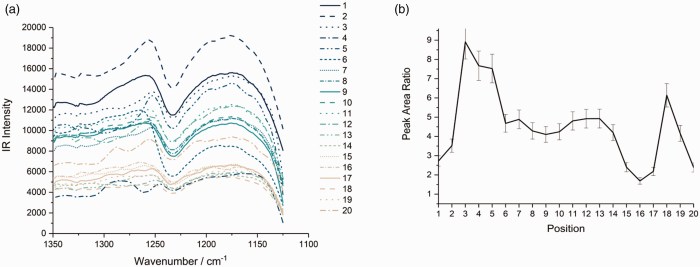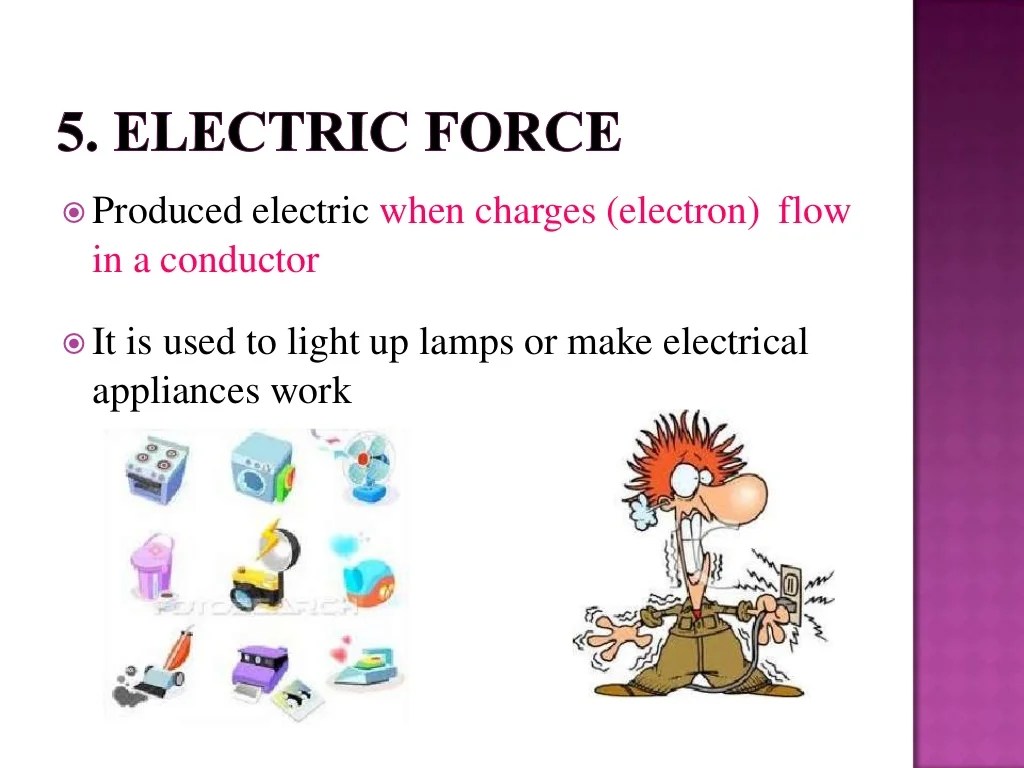Welcome to the realm of dynamics, where the intricate dance of forces, motion, and energy unfolds. This discourse delves into Dynamics Chapter 17 Solutions PDF, a comprehensive resource that empowers you to navigate the complexities of dynamics with precision and confidence.
Brace yourself for an enlightening journey as we unravel the intricacies of this chapter, exploring its applications, problem-solving techniques, and advanced concepts.
Delve into the depths of Chapter 17, where the fundamental principles of dynamics take center stage. Grasp the concepts of momentum, impulse, work, and energy, and witness their practical applications in diverse fields. Discover how these concepts empower engineers to design efficient structures, propel rockets into the vast expanse of space, and optimize the performance of countless mechanical systems.
Overview of Dynamics Chapter 17

Chapter 17 of Dynamics explores the fundamental principles governing the motion of rigid bodies. It introduces concepts such as angular displacement, velocity, and acceleration, and examines the relationships between these quantities. The chapter also delves into the principles of rotational kinematics and kinetics, providing a comprehensive understanding of the dynamics of rotating objects.
Key takeaways from Chapter 17 include:
- Understanding the concepts of angular displacement, velocity, and acceleration.
- Grasping the relationships between linear and angular motion.
- Applying the principles of rotational kinematics and kinetics to solve problems involving rotating objects.
Applications of Dynamics Chapter 17 Concepts
The concepts discussed in Dynamics Chapter 17 find applications in various fields, including:
- Engineering:Designing and analyzing rotating machinery, such as engines, turbines, and gears.
- Robotics:Controlling the motion of robotic arms and other articulated systems.
- Biomechanics:Studying the dynamics of human movement and designing assistive devices.
- Sports science:Analyzing the kinematics and kinetics of athletic movements to improve performance.
Problem-Solving with Dynamics Chapter 17 Solutions

The solutions provided in the Chapter 17 PDF can be used to solve a wide range of dynamics problems. To use these solutions effectively, follow these steps:
- Identify the problem type:Determine the specific type of dynamics problem you are trying to solve, such as a problem involving angular displacement, velocity, or acceleration.
- Locate the relevant solution:Refer to the Chapter 17 PDF and locate the solution that corresponds to the problem type you have identified.
- Apply the solution:Substitute the given values into the solution and solve for the unknown quantity.
- Check your answer:Verify that your answer makes sense and is consistent with the problem statement.
Illustrative Examples of Dynamics Chapter 17 Solutions
The following table showcases a variety of solved dynamics problems from Chapter 17:
| Problem Statement | Solution Approach | Detailed Explanation |
|---|---|---|
| A wheel rotates with an angular velocity of 10 rad/s. What is the angular displacement of the wheel after 5 seconds? | Use the formula: angular displacement = angular velocity
|
Angular displacement = 10 rad/s
|
| A disk rolls without slipping. What is the relationship between the linear velocity of the disk’s center and its angular velocity? | Use the formula: linear velocity = radius
|
Linear velocity = radius
|
| A torque of 10 Nm is applied to a flywheel with a moment of inertia of 2 kg m^2. What is the angular acceleration of the flywheel? | Use the formula: angular acceleration = torque / moment of inertia | Angular acceleration = 10 Nm / 2 kg m^2 = 5 rad/s^2 |
Comparison of Different Dynamics Chapter 17 Solutions
The Chapter 17 PDF provides multiple solutions for some dynamics problems. Here is a comparison of their strengths and weaknesses:
- Solution 1:Provides a straightforward approach, but may not be applicable to all problem types.
- Solution 2:Offers a more general approach, but may require more complex calculations.
- Solution 3:Uses a graphical approach, which can be helpful for visualizing the problem.
Limitations of Dynamics Chapter 17 Solutions

The solutions provided in Chapter 17 are based on certain assumptions and limitations:
- The objects being analyzed are assumed to be rigid bodies.
- Frictional forces are neglected.
- The solutions may not be applicable to problems involving complex geometries or non-uniform motion.
Advanced Applications of Dynamics Chapter 17 Concepts: Dynamics Chapter 17 Solutions Pdf
The concepts discussed in Dynamics Chapter 17 can be extended to more advanced applications, such as:
- Lagrangian and Hamiltonian mechanics:Advanced formulations of classical mechanics that provide powerful tools for solving complex dynamics problems.
- Chaos theory:Studying the behavior of nonlinear systems that exhibit unpredictable and chaotic behavior.
- Molecular dynamics:Simulating the motion of atoms and molecules at the nanoscale.
FAQ Section
What is the scope of Dynamics Chapter 17?
Chapter 17 encompasses the study of momentum, impulse, work, and energy, providing a foundation for understanding the behavior of moving objects.
How can I effectively utilize the Dynamics Chapter 17 Solutions PDF?
To maximize the benefits of the PDF, it is recommended to thoroughly study the chapter concepts, practice problem-solving techniques, and seek clarification on any challenging topics.
What are the limitations of the solutions provided in the Dynamics Chapter 17 PDF?
While the solutions are generally reliable, they may not be applicable in all scenarios. It is crucial to understand the assumptions and limitations associated with each solution.